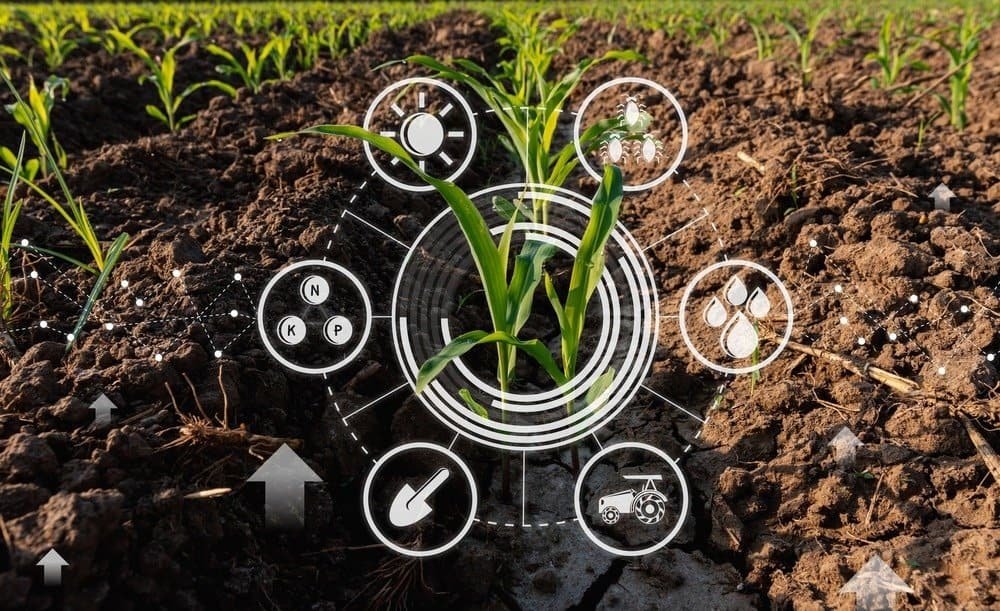Orchids are some of the most fascinating and diverse flowers in the world. With their vibrant colors and intricate shapes, they have captivated humans for centuries. But what makes orchids truly remarkable is their ability to adapt to various environments. In this article, we will explore the incredible orchid adaptations that allow orchids to thrive in different habitats, from rainforests to deserts. So, if you’re curious about the secrets behind these stunning flowers, keep reading!
1. Epiphytic Adaptations: Orchids that Live on Trees
One of the most well-known adaptations of orchids is their ability to grow on trees. These orchids, known as epiphytes, have evolved unique features that allow them to survive in this challenging environment. Here are some key adaptations:
- Aerial Roots: Epiphytic orchids have specialized aerial roots that help them attach to tree bark and absorb moisture from the air.
- Water Storage: To cope with the limited water availability in their tree-dwelling habitat, epiphytic orchids have developed structures to store water, such as pseudobulbs.
- Leaf Adaptations: Epiphytic orchids often have thick, fleshy leaves that can store water and nutrients, enabling them to survive during dry periods.
2. Terrestrial Adaptations: Orchids that Grow in the Ground
While epiphytic orchids steal the spotlight, there is another group of orchids that have adapted to life on the ground. These terrestrial orchids have unique features that allow them to thrive in various soil conditions. Here are some notable adaptations:
- Root Systems: Terrestrial orchids have extensive root systems that help them anchor in the soil and absorb nutrients.
- Mycorrhizal Relationships: Many terrestrial orchids form symbiotic relationships with fungi, known as mycorrhizae. These fungi help the orchids obtain nutrients from the soil.
- Underground Storage: To survive in nutrient-poor soils, some terrestrial orchids have underground storage organs, such as tubers or rhizomes, where they store nutrients.
3. Pollination Adaptations: Orchids and Their Pollinators
Orchids have evolved a wide range of adaptations to attract specific pollinators, ensuring successful reproduction. These adaptations often involve intricate relationships between orchids and their pollinators. Here are a few examples:
- Flower Shape and Color: Orchids have evolved diverse flower shapes and colors to attract specific pollinators, such as bees, butterflies, moths, and birds.
- Fragrance: Some orchids produce enticing fragrances to attract pollinators. These fragrances can mimic the scent of female insects or the aroma of decaying matter, depending on the targeted pollinator.
- Mimicry: Certain orchids have evolved to mimic the appearance and scent of other flowers or even female insects. This deception lures unsuspecting pollinators, increasing the chances of successful pollination.
4. Adaptations to Extreme Environments: Orchids in Harsh Conditions
Orchids are not limited to lush rainforests; they can also be found in some of the harshest environments on Earth. These orchids have developed remarkable adaptations to survive in extreme conditions. Here are a few examples:
- Desert Orchids: Orchids that inhabit deserts have thick, waxy leaves that help reduce water loss through evaporation. They also have extensive root systems to absorb water from deep underground.
- Alpine Orchids: Orchids found in high-altitude regions have adapted to cold temperatures and low oxygen levels. They often have small, compact growth forms and hairy leaves to insulate against the cold.
- Swamp Orchids: Orchids that grow in wetland areas have specialized adaptations to cope with waterlogged soils. They often have air-filled tissues in their roots or pseudobulbs to provide buoyancy.

5. Orchid Adaptations and Human Interaction
Humans have long been fascinated by orchids, leading to various interactions and adaptations influenced by our actions. Here are a few examples:
- Cultivation: Orchids are widely cultivated for their beauty, leading to the development of countless hybrids and cultivars. These cultivated orchids often have adaptations that make them easier to grow and care for in home gardens.
- Conservation Efforts: Due to habitat destruction and illegal trade, many orchid species are endangered. Conservationists are working to protect these unique plants and their adaptations through habitat preservation and reintroduction programs.
- Artificial Pollination: In some cases, humans have taken on the role of orchid pollinators. Orchid growers may manually transfer pollen between flowers to ensure successful fertilization and seed production.
FAQs on Orchid Adaptations
Q: How do epiphytic orchids get nutrients?
A: Epiphytic orchids obtain nutrients from the air, rainwater, and organic matter that accumulates around their roots. They also form symbiotic relationships with fungi that help them absorb nutrients from decaying plant material.
Q: Do all orchids have aerial roots?
A: No, not all orchids have aerial roots. While epiphytic orchids rely on aerial roots to attach to trees and absorb moisture, terrestrial orchids have adapted to absorb nutrients through their underground roots.
Q: How do orchids attract pollinators?
A: Orchids attract pollinators through a combination of visual cues, such as flower shape and color, as well as enticing fragrances. Some orchids even mimic the appearance and scent of other flowers or female insects to attract specific pollinators.
Q: Can orchids survive in extreme environments?
A: Yes, orchids have adapted to survive in a wide range of extreme environments, including deserts, alpine regions, and wetlands. They have developed unique features, such as water storage structures, waxy leaves, and specialized root systems, to thrive in these harsh conditions.
Q: How can I help conserve orchids and their adaptations?
A: You can contribute to orchid conservation efforts by supporting organizations that work to protect orchid habitats, avoiding the purchase of illegally traded orchids, and learning about responsible orchid cultivation and care.
Conclusion
Orchids are truly remarkable flowers with incredible adaptations that allow them to thrive in diverse environments. From their aerial roots and water storage structures to their intricate relationships with pollinators, orchids have evolved a wide range of strategies to ensure their survival. So, the next time you admire an orchid, take a moment to appreciate the fascinating adaptations that make these flowers so unique.
Fun Fact: Did you know that the smallest orchid in the world is the size of a rice grain? The Platystele jungermannioides, native to Ecuador, holds the title for the tiniest orchid species. Its flowers measure only 2.1 mm in diameter!
Originally posted 2023-08-09 11:32:24.



